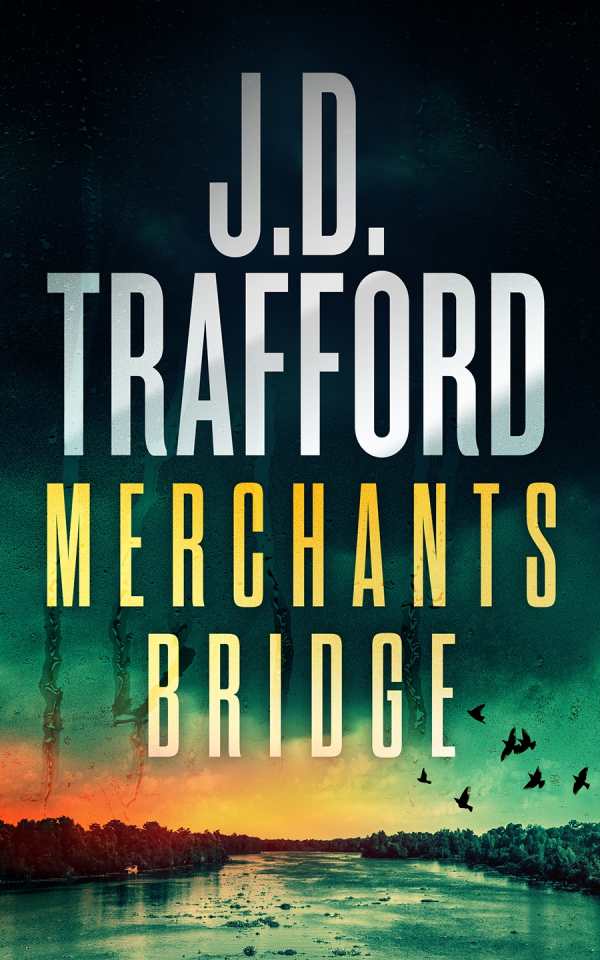Merchants Bridge
In Merchants Bridge, an attorney’s life crumbles after a violent attack leaves him unable to discern reality from his hallucinations.
While celebrating a successful meeting with a client, Gray and his law partner and close friend, Virgil, are jumped by two men with guns. After the men shoot Virgil, and after Gray hears and feels two shots enter his chest, Gray blacks out. He wakes up in the hospital a few days later.
As Gray reels from the horrific attack, he realizes that he has no chest wounds. He is released, and he returns to work after a short recovery period. But his mind is shattered, and paranoia darkens his vision. He grapples with hallucinations and headaches, too.
As Gray self-isolates, and as his work suffers, he becomes erratic around his ex-wife and children. On top of these mental and physical difficulties, he comes under the suspicion of prosecutors who implicate him in a complex bribery scheme. A passionate criminal lawyer and an ambitious detective ally themselves to Gray when it becomes apparent that he’s being framed.
The book juggles distinct threads, all of them underscored by Gray’s mental state. Gray’s recollection of the night that Virgil was murdered is unusual: he recalls an exchange with a homeless man, for example, that blurs the line between fantasy and reality. As the case against Gray mounts and crescendos, the book’s legal elements are fascinating, too: there are a series of tense courtroom exchanges in which Gray fights to prove his innocence.
Featuring a last-minute chance at redemption, the series opener Merchants Bridge is an engrossing thriller in which an affable attorney fights to prove his innocence—and to regain his sense of reality.
Reviewed by
John M. Murray
Disclosure: This article is not an endorsement, but a review. The publisher of this book provided free copies of the book to have their book reviewed by a professional reviewer. No fee was paid by the publisher for this review. Foreword Reviews only recommends books that we love. Foreword Magazine, Inc. is disclosing this in accordance with the Federal Trade Commission’s 16 CFR, Part 255.

